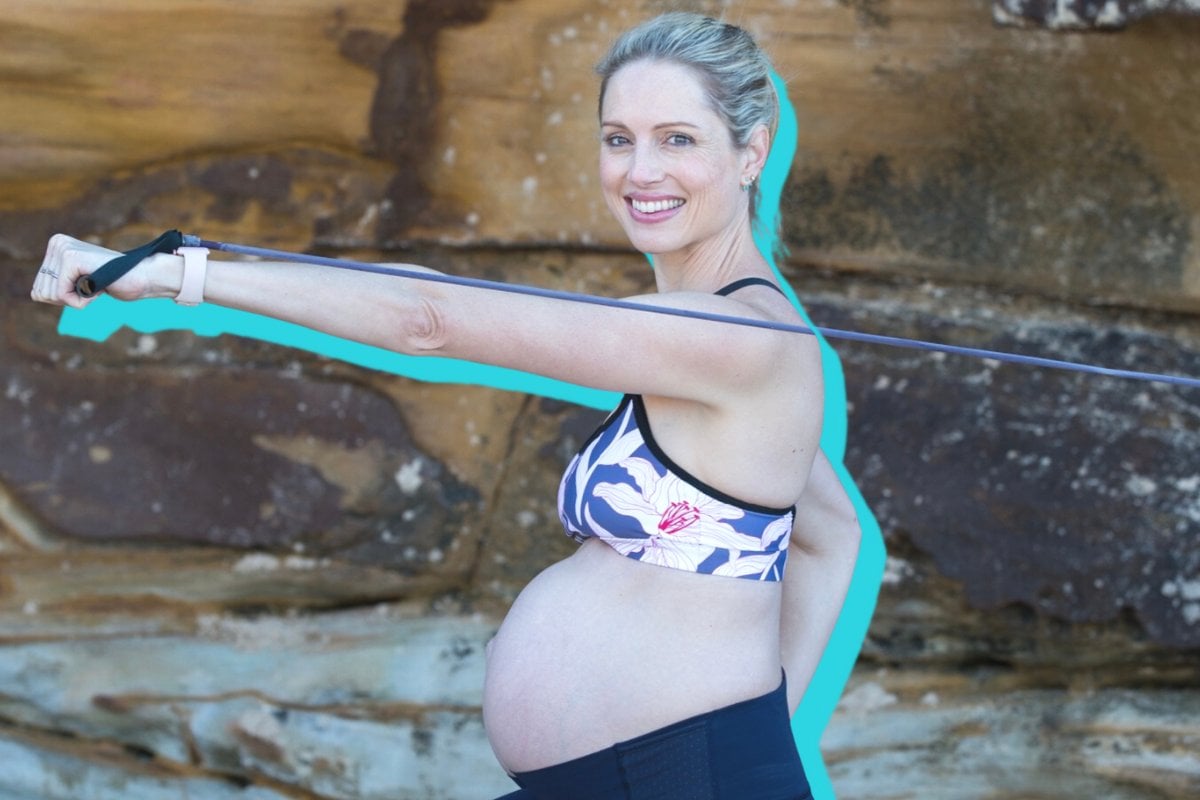
When I took part in the 14km City2Surf, one week shy of being four months pregnant, there were certainly a few eye-rolls. Among the positive comments from fellow runners – like “Your baby is going to be born fit!” and “I won’t be able to live down the fact I was beaten by a pregnant woman” – there was the not-too-veiled judgement from others.
Some people wondered why I would even want to push myself in this way. Others wanted to know what I had to gain from doing such a strenuous event.
I get it. We aren’t used to seeing pregnant women train at a certain level of intensity. But as an elite athlete (I played for the NSW Swifts Netball team), who had spent years building my fitness and strength, what might have felt like an incredible athletic achievement to some, felt like just another day for me.
The Mamamia team discuss pregnancy myths. Post continues below.
I felt incredibly proud of my body and myself while running the City2Surf. But later that day, I had a lot of pain around my pelvis and lower abdominals, and it was during this time that I really let those few naysayers' voices creep into my head. Even though these people had no medical qualifications, and no experience with training pregnant women, it was their voices who I kept coming back to whenever I doubted myself.

